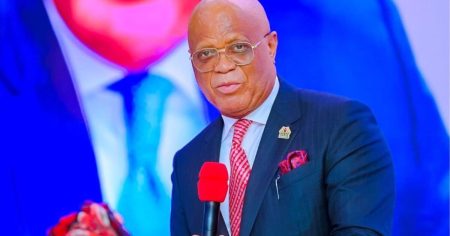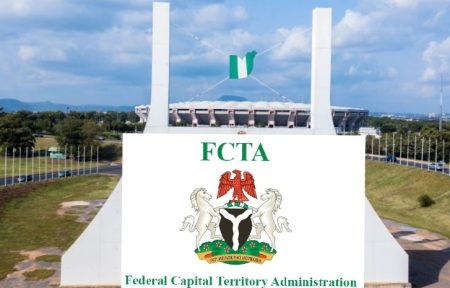Paragraph 1: The MPC’s Decision and Rationale
The Central Bank of Nigeria’s Monetary Policy Committee (MPC), in its 300th meeting, decided to maintain the benchmark interest rate (Monetary Policy Rate) at 27.5%. This decision, widely anticipated by analysts, aims to control inflation and stabilize the naira amidst global economic uncertainties. The MPC also held other parameters constant, including the Cash Reserve Requirement (CRR) for banks and the liquidity ratio. This cautious approach underscores the committee’s commitment to anchoring inflation expectations and managing potential exchange rate pressures. While acknowledging a slight decline in headline inflation to 23.71% in April 2025, the MPC remains vigilant about persistent core inflation, driven by higher electricity tariffs and naira depreciation.
Paragraph 2: The Balancing Act: Inflation Control vs. Economic Growth
The MPC’s tight monetary policy stance, while aimed at curbing inflation, presents a challenging trade-off. Higher interest rates increase borrowing costs for businesses and households, potentially dampening investment and consumption. Critics argue that prolonged tightening could hinder economic recovery, especially in sectors sensitive to financing costs. The MPC faces the delicate task of balancing inflation control with the need to support economic growth. The effectiveness of fiscal policies, such as government interventions to boost agricultural output and enhance food security, plays a crucial role in mitigating the impact of high interest rates.
Paragraph 3: Positive Developments and External Factors
Despite the challenges, several positive developments are supporting the MPC’s efforts. Nigeria’s external reserves have seen a slight increase, offering a buffer against import pressures. The CBN’s interventions in the foreign exchange market have helped curb naira volatility, although the currency remains under pressure from global headwinds and persistent local demand for foreign currency. Developments in the energy sector, including increased domestic fuel supply and the potential for stable or lower global oil prices, are further contributing to easing inflationary pressure.
Paragraph 4: Expert Opinions and Market Analysis
Experts have largely welcomed the MPC’s decision to hold rates, recognizing the already tight monetary conditions. They emphasize the need for caution given global economic uncertainties, particularly those stemming from trade disputes and geopolitical tensions. Analysts point to the combined impact of monetary policy and fiscal measures as key factors in curbing inflation. While acknowledging the challenges posed by high interest rates for businesses, they express optimism about the disinflationary trend and the potential for continued improvement in the coming months.
Paragraph 5: Naira’s Performance and CBN’s Forex Reforms
The naira has faced significant pressure in 2025, depreciating against the US dollar. Factors contributing to this depreciation include strong local demand for foreign exchange and global risk-off sentiment, leading to capital flight from emerging markets. However, the CBN’s foreign exchange reforms have helped reduce exchange rate volatility and narrow the gap between official and parallel market rates. These reforms are crucial for boosting investor confidence and attracting foreign capital. The recent recovery in Nigeria’s external reserve position further strengthens the country’s economic outlook.
Paragraph 6: Policy Impacts and Future Outlook
The CBN’s policies, particularly the exchange rate unification and clearing of the FX backlog, have attracted foreign investment and improved the country’s economic outlook. These reforms, along with efforts to control inflation and rebuild economic buffers, demonstrate the CBN’s commitment to long-term sustainability. While inflation is easing and foreign interest is reviving, Nigeria still faces challenges, including modest economic growth and the need for continued structural reforms. Businesses and consumers must navigate the current environment of relatively high interest rates, elevated costs, and lingering exchange rate uncertainty. The combined impact of monetary and fiscal policies, along with ongoing reforms, will be critical for navigating these challenges and achieving sustainable economic growth.














